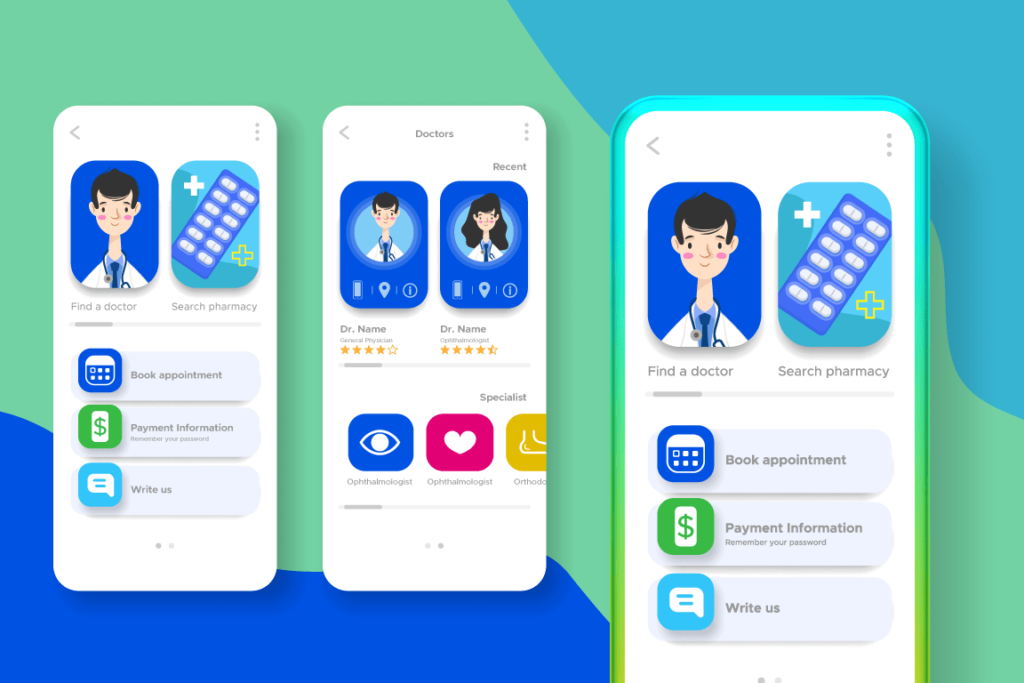
In recent years, the number of medical apps available to patients has increased dramatically. As a result, patients are becoming more selective about the apps they use and are demanding a higher level of functionality and design. In this article, we’ll explore the top trends in medical app design and what patients want and need from their medical apps.
Mobile-first design
One of the most important trends in medical app design is a mobile-first design. This approach to design prioritizes the mobile experience, with the assumption that most users will access the app from their smartphones or tablets. The mobile-first design takes into account the small screen size of mobile devices and ensures that the app is optimized for touch-based interactions.
Examples of mobile-first design in medical apps include MyChart, an app that allows patients to access their medical records, schedule appointments, and communicate with their healthcare providers from their mobile devices. Another example is the Health app on iPhones, which allows users to track their health data and connect with healthcare providers.
Personalization
Another trend in medical app design is personalization. Patients want medical apps that are tailored to their specific needs and preferences. Personalization can take many forms, such as personalized treatment plans, personalized health tracking, and personalized recommendations.
An example of personalization in medical apps is the Ada app, which uses AI to provide users with personalized health assessments and recommendations based on their symptoms and medical history. Another example is the MyFitnessPal app, which allows users to set personalized health goals and track their progress over time.
Integration with wearable technology
Wearable technology is becoming increasingly popular among patients, and medical apps are starting to integrate with these devices. Integration with wearable technology allows patients to track their health data in real-time and provides healthcare providers with a more complete picture of their patient’s health.
Examples of integration with wearable technology in medical apps include the Apple Watch app for the Dexcom continuous glucose monitoring system and the Fitbit app for tracking physical activity and sleep.
In conclusion, designing medical apps that meet the needs and expectations of patients is critical in today’s digital healthcare landscape. By keeping up with the latest trends, such as personalized experiences, intuitive navigation, and data security, healthcare providers and pharmacies can build apps that foster patient engagement, improve outcomes, and drive business growth. If you’re a pharmacy looking to enhance your branding, visual communication design, and mobile app UI, our team of experienced designers and branding experts at Koloursyncc can help. Contact us today to learn more about our services and how we can take your pharmacy to the next level.

